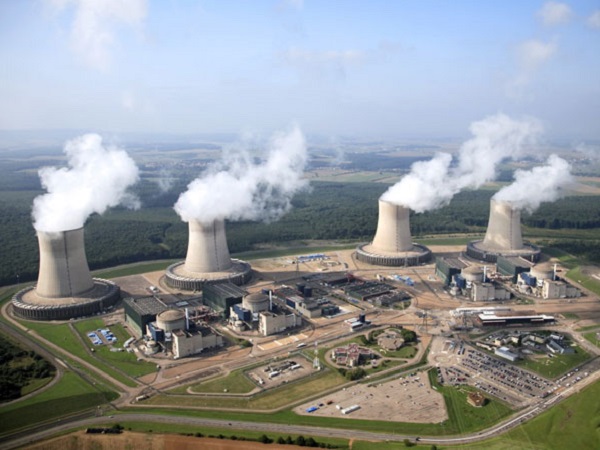 Credit: EDF
Credit: EDF
On Tuesday 30 April 2024, Greenpeace Luxembourg warned that Luxembourg-Ville, Metz, Berlin and also Brussels or Frankfurt could be affected by a major nuclear accident at the Cattenom power plant, depending on weather conditions.
The radioactivity dispersion maps produced by the Biosphere Institute, in partnership with Greenpeace Luxembourg, revealed this through studies of different weather scenarios.
The modelling of more than 1,000 maps, each corresponding to a meteorological situation occurring during the years 2017, 2018 and 2020, makes it possible to assess the direction and potential danger of a radioactive cloud if a Fukushima-type accident were to occur at the Cattenom nuclear power plant, 23 kilometres from the Luxembourg border.
On average, across all 1,096 meteorological configurations studied, more than 26 million people would receive in a few hours a dose of radioactivity greater than the public exposure limit, set at 1 mSV per year. 276,000 people would potentially be affected by urgent displacement and 960,000 people around Cattenom would be affected by long-term displacement following soil contamination. Depending on weather variations, the whole of Luxembourg could be contaminated, as well as the regions and large cities of neighbouring countries such as France, Germany or Belgium.
“The Cattenom nuclear power plant, ageing and exposed to serious safety deficits, is a threat to millions of people, in Luxembourg and France, but also on a European scale,” said Roger Spautz, nuclear campaigner at Greenpeace Luxembourg.
Greenpeace has repeatedly denounced the risks posed by this plant. In 2026, Cattenom reactor 1 will reach the limit of its initial lifespan, i.e. 40 years, which EDF hopes to extend. However, a recent study by Greenpeace highlighted the risks linked to its extension and emphasised the fact that its modernisation as well as the planned upgrades are not enough to remedy these significant safety defects.
“The Luxembourg government must demand clear opposition to the use of nuclear energy and active engagement against an extension of the lifespan of Cattenom. On the part of the Nuclear Safety Authority, we continue to demand responsibility by confirming the closure date of the Cattenom power plant now. This is the only way to protect populations and the environment,” explained Roger Spautz.








